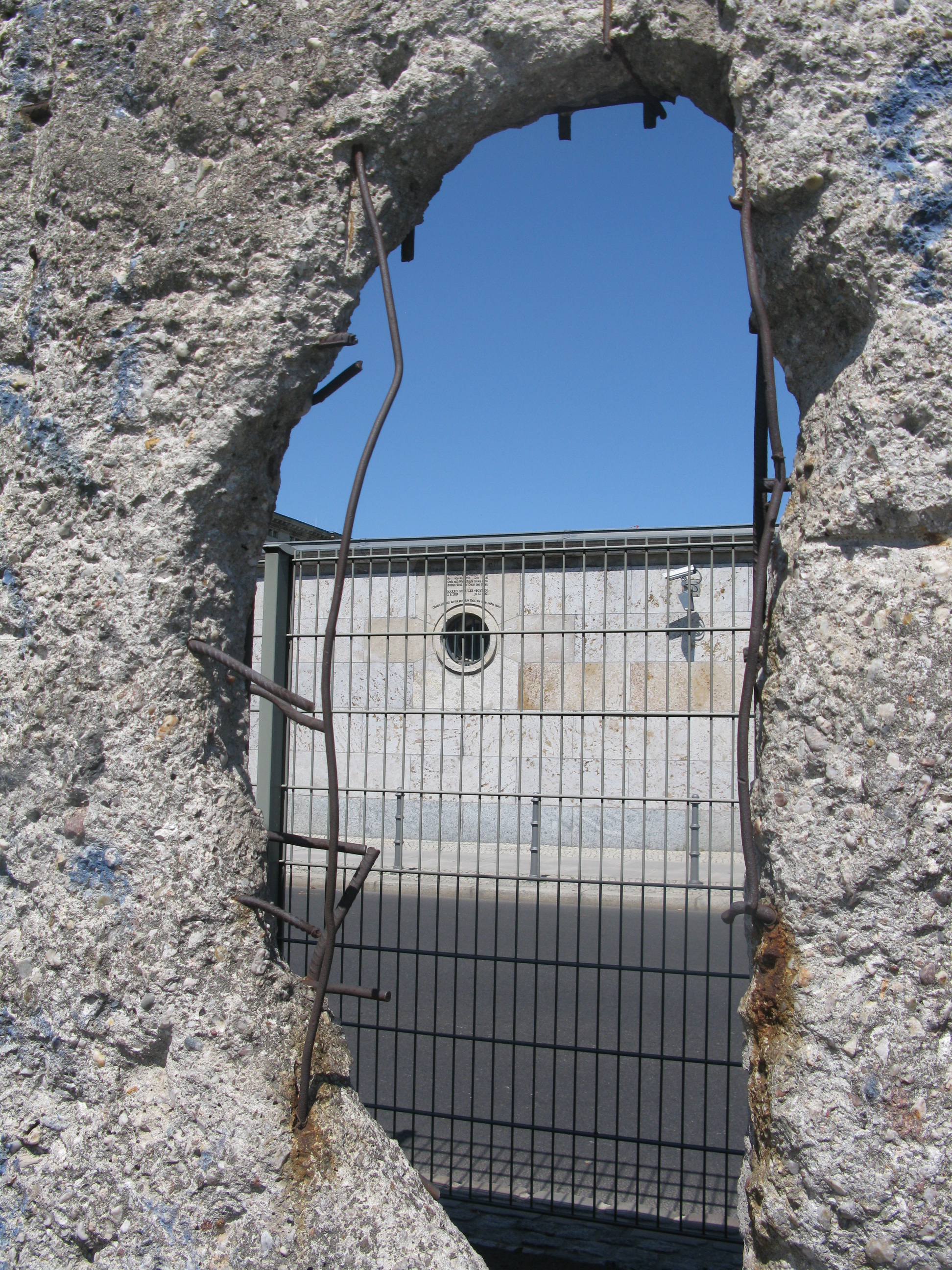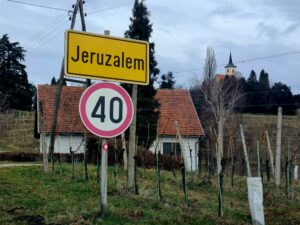Before last week, what I knew about Berlin would have fit on the back of a milk carton. Think Berlin – think the wall. Visiting the wall (or what’s left of it) has been on my list of things to do since I first read a John Le Carré novel. The boundary between east and west has fascinated me – and the thought of two such diverse ways of life living in the shadow of the same wall is hard to imagine.
First built during the night of 13 August 1961, the wall was regenerated four times. The second wall was built in June 1962 and the first renovated to make it even more difficult to breach. The third generation appeared in 1965 – a more advanced structure with concrete slabs between steel girders. The final iteration came ten years later in 1975.
Some basic facts: In its heyday, the wall boasted 302 watchtowers and stood 3.6m (11.81 ft.) high. 96 miles (155 km) long, the border between East and West Berlin stretched for 27 miles (43.1 km). Today, a 300 m section has been retained and around the city, sections have been used as a canvas and stand as living testimony to a division that is now but a memory.
There is one stretch near Potsdam Platz where you can walk along the foundation. A line of bricks shows where the wall once stood. Straddling this line, and looking right and left it’s impossible to discern a difference between the two landscapes. I was thoroughly confused for most of the weekend – and never more so than when we were at Checkpoint Charlie. I am convinced that the sign is back to front. Either that, or my sense of direction and ability to read a map is both a lot worse than I’d ever imagined.
Standing in front of this sign, I had my back to Alexander Platz, which is firmly rooted in the former East Berlin. So how is it possible that I could be leaving the American sector? It did my head in. But not enough to distract me from the reality of what happened and the numbers of people who died trying to escape to the west.










2 Responses